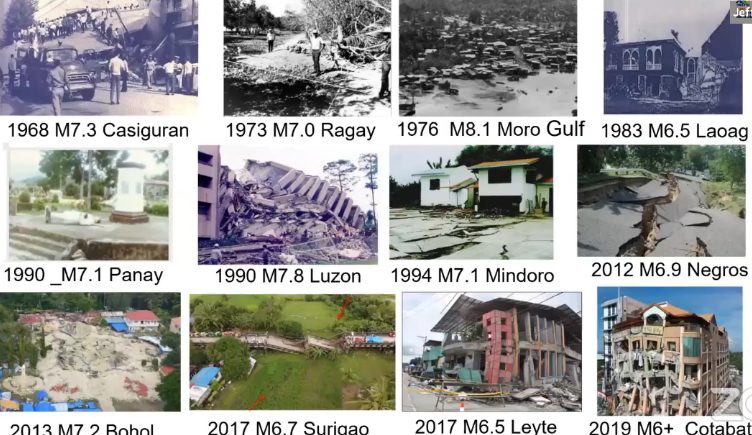PHIVOLCS says to watch out for other “Big One”

Expert from the Department of Science and Technology-Philippine Institute of Volcanology and Seismology (DOST-PHIVOLCS) said that every region or province in the country is vulnerable to its own “Big One.” This was underscored during the second part of the webinar series conducted at the 2021 National Science and Technology Week celebration.
The Philippines, which is part of the Pacific Ring of Fire—a region around the Pacific Ocean where many earthquakes and volcanic eruptions occur—has an average of 20 recorded earthquakes per day and many active volcanoes.
According to Jeffrey S. Perez, DOST-PHIVOLCS Supervising Science Research Specialist, “we at DOST-PHIVOLCS want you to imagine the potential risks that could happen [during a strong earthquake]. That is why there is a need to be prepared today.”
He emphasized that accurate information goes hand-in-hand with efficient disaster preparedness efforts of the government to mitigate the risks.
Through the use of science-based tools and information, experts can develop earthquake scenarios that form the basis for the needed preparations before disasters could happened.
On the other hand, the Rapid Earthquake Damage Assessment System or REDAS is a key simulation software for a scenario-based impact assessment that the Institute used in developing disaster scenarios. According to DOST-PHIVOLCS, REDAS is a very important tool that the Local Government (LGU) should all be familiar with to create their hazard assessment and identify vulnerable areas.
In addition, DOST Undersecretary and the Officer-In-Charge of DOST-PHIVOLCS Renato U Solidum, Jr. stressed the importance of disaster preparedness at the local, community, and household levels. He said, “importante ‘yung earthquake scenario at ang tamang kaalaman ng bawat isa para ang ating mga gagawing responses are appropriate and aligned with each other; may pang-national, may pang-local, at may pangpamilya.”
In the webinar, DOST-PHIVOLCS provided localized earthquake scenarios on specific locations that they called “Big Ones.” Thus, the Big One is the term associated with the worst possible scenario that may happen not only in the Greater Metro Manila Area but in every region or province that is vulnerable to high-magnitude earthquakes.
Furthermore, one of the largest earthquakes along the Philippine Fault happened in Gabaldon, Nueva Ecija segment in 1645, which spans 100 kilometers long. DOST-PHIVOLCS said that this generated a 7.9 magnitude earthquake and destroyed the Manila Cathedral as described by its historical marker.
The Institute called on the public to know their scenario-based hazards and risks. The scenarios can guide the planning and implementation of appropriate disaster preparedness measures and proper response actions, especially at the community and family levels.
If you missed this webinar during the 2021 NSTW, kindly click on the link: https://tinyurl.com/searchingforthebig or visit the official DOST-PHIVOLCS Facebook page www.facebook.com/Phivolcs for more details. (By Ryan Sebastian Soyosa, DOST-STII)
The DOST-PHIVOLCS have documented the significantly strong earthquakes that happened in the country for the last century. (Photo courtesy of DOST-PHIVOLCS)

